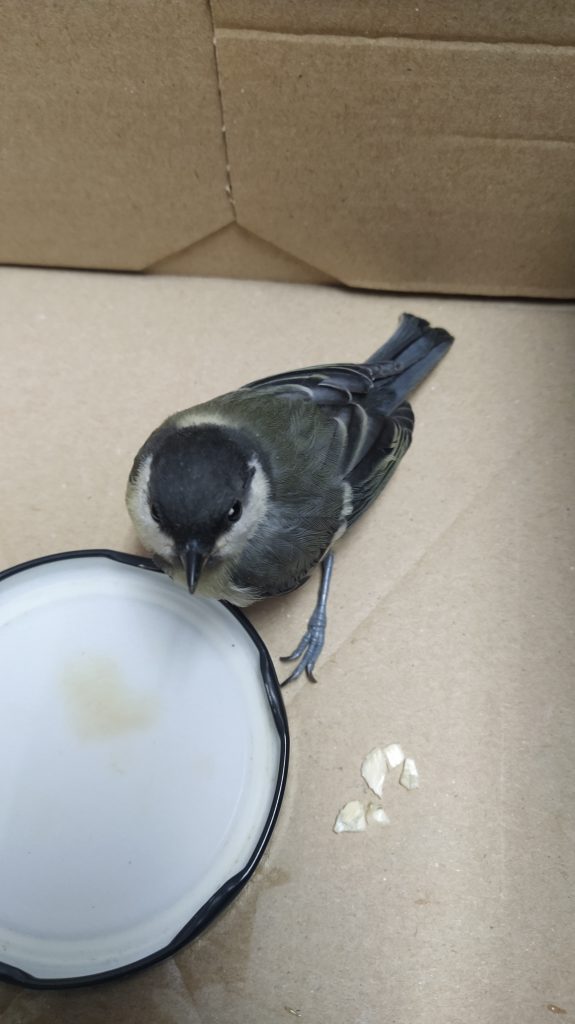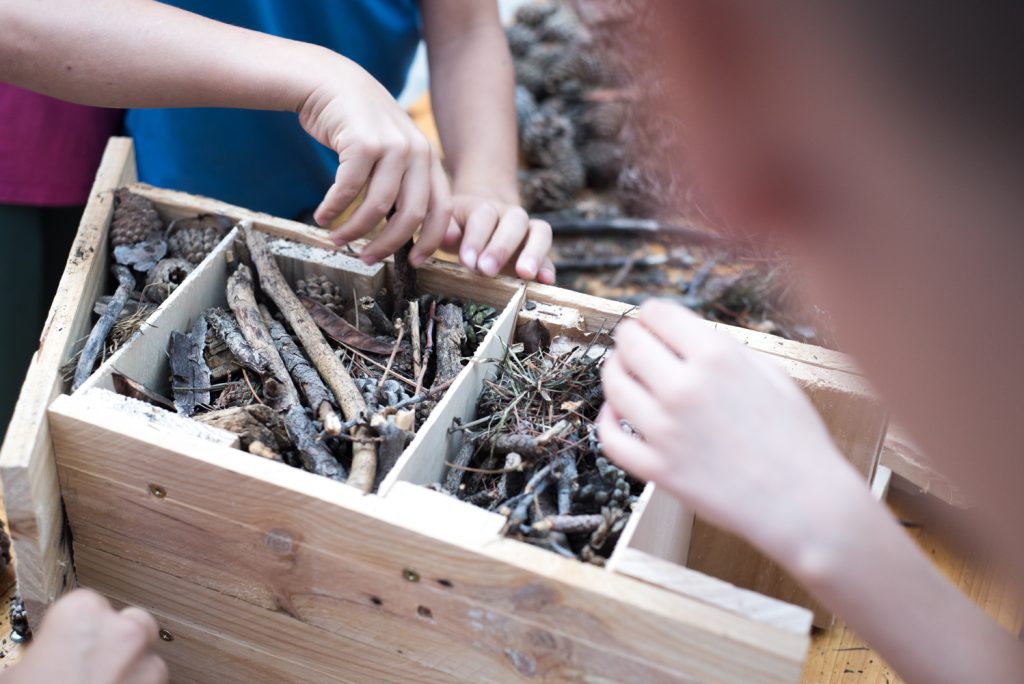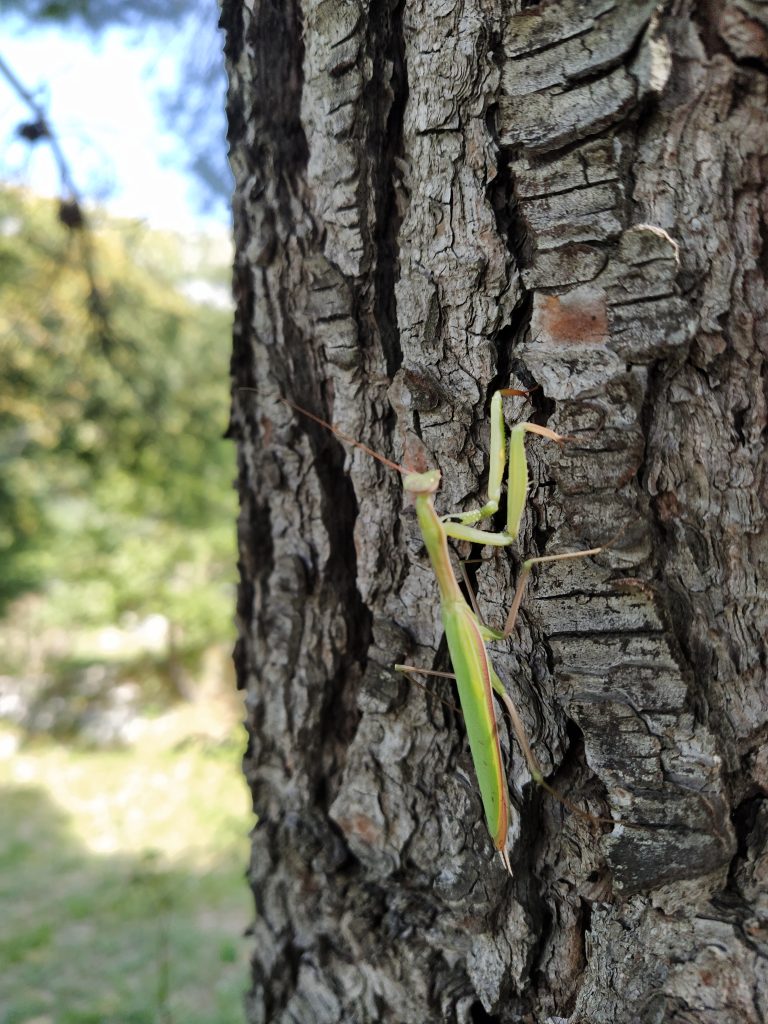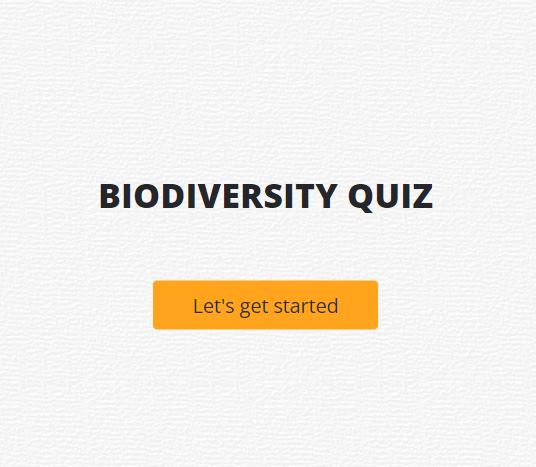Duration: 4 sessions of 45 minutes
Use and value variety. Increased biodiversity leads to a more stable provision of ecosystem services and enhances the resilience and self-sufficiency of the system as a whole.
“Diversity reduces vulnerability to a variety of threats and takes advantage of the unique nature of the environment in which it resides.” – David Holmgren
Biodiversity refers to the variety of life forms, including plants, animals, and microorganisms that exist in a particular ecosystem or on Earth as a whole. It encompasses the diversity of species, genetic variation within a species, and the diversity of ecosystems and ecological processes. Biodiversity is crucial for ecosystem functioning as it provides essential services such as pollination, nutrient cycling, and climate regulation. Each species has its own unique characteristics and contributes to the overall complexity and resilience of the planet. Nevertheless, biodiversity is currently facing significant threats due to human activities such as habitat destruction, pollution, climate change, and overexploitation of natural resources. Conservation efforts are vital to protect and maintain biodiversity for the benefit of current and future generations.
Biodiversity is crucial for maintaining the balance and stability of ecosystems. Each species within an ecosystem has a specific role or niche, and the interactions between different species contribute to the overall functioning of the ecosystem. These interactions include processes such as pollination, nutrient cycling, and pest control, which are critical to ecosystem productivity and sustainability..
Biodiversity is crucial for providing a wide range of ecosystem services that are essential for human well-being. These services include food provision, clean water and air, as well as climate regulation, disease control, and natural disaster prevention. Biodiversity also supports cultural and recreational activities, and has aesthetic and spiritual value.
Biodiversity is crucial for scientific and medical advancements. Many of the medications we use today are derived from natural sources. Studying various types of biodiversity helps us comprehend their potential benefits for human health. Additionally, biodiversity adds to our scientific knowledge and understanding of ecological processes, evolution, and adaptation.
Biodiversity holds inherent value. Every species possesses unique characteristics and adds to the overall beauty and complexity of the natural world. Biodiversity conservation is not only practically important, but also an ethical responsibility to safeguard the variety of life on Earth for future generations.

Biodiversity loss is primarily caused by human activities.
It is crucial to address the loss of biodiversity and take proactive measures to conserve and restore it. Biodiversity conservation is essential for the health of ecosystems and human societies and is vital for maintaining a sustainable and resilient planet.

The study of biodiversity provides valuable insights into how ecosystems function and the interdependence between species. Understanding how different species interact and contribute to ecosystem processes helps us comprehend the delicate balance and resilience of natural systems. This knowledge is essential for making informed decisions about conserving and sustainably managing ecosystems.


